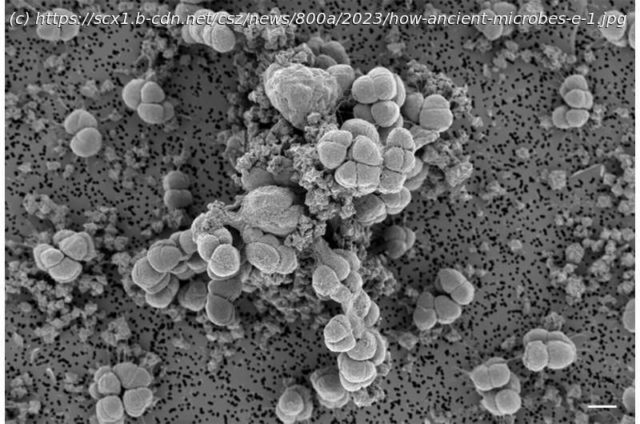A new publication from a Montana State University scientist deepens existing knowledge of an ancient life-form and how it continues unique ecological processes today. The paper, titled «Methanogens acquire and bioaccumulate nickel during reductive dissolution of nickelian pyrite,» was published Oct. 13 in Applied and Environmental Microbiology.
A new publication from a Montana State University scientist deepens existing knowledge of an ancient life-form and how it continues unique ecological processes today. The paper, titled «Methanogens acquire and bioaccumulate nickel during reductive dissolution of nickelian pyrite,» was published Oct. 13 in Applied and Environmental Microbiology.
The authors of the publication are professor Eric Boyd, former postdoctoral researcher Rachel Spietz and current postdoctoral researcher Devon Payne. Boyd’s lab is housed in the Department of Microbiology and Cell Biology in MSU’s College of Agriculture.
A key element of Boyd’s research has been the exploration of microorganisms called methanogens, which are ancient life-forms that still exist today. Methanogens are unique because they don’t use sunlight to power their metabolisms like most organisms do, and they are poisoned by oxygen. Instead, their metabolism uses chemicals from their environment, often breaking down rocks and minerals to do so. During the process, the cells produce methane, also known as natural gas.
Pinpointing exactly how methanogens do this could answer questions that reach back more than 3 billion years, said Boyd.
«Early Earth had no oxygen, and the atmosphere at that time contained a lot more methane and hydrogen,» said Boyd. «That’s largely due to these methanogens that react hydrogen with carbon dioxide to make methane. And all of a sudden, for reasons that aren’t clear, methane started to decrease and oxygen started to increase.






